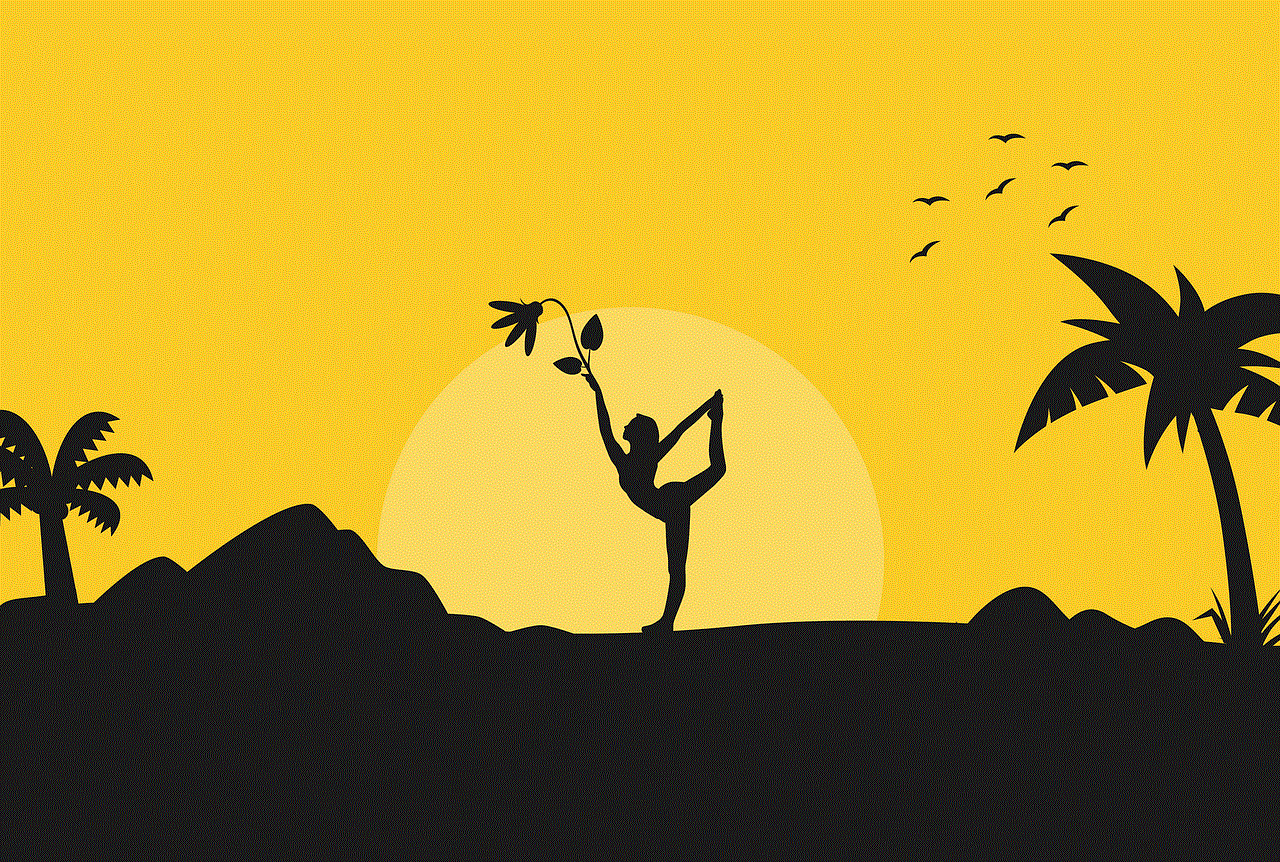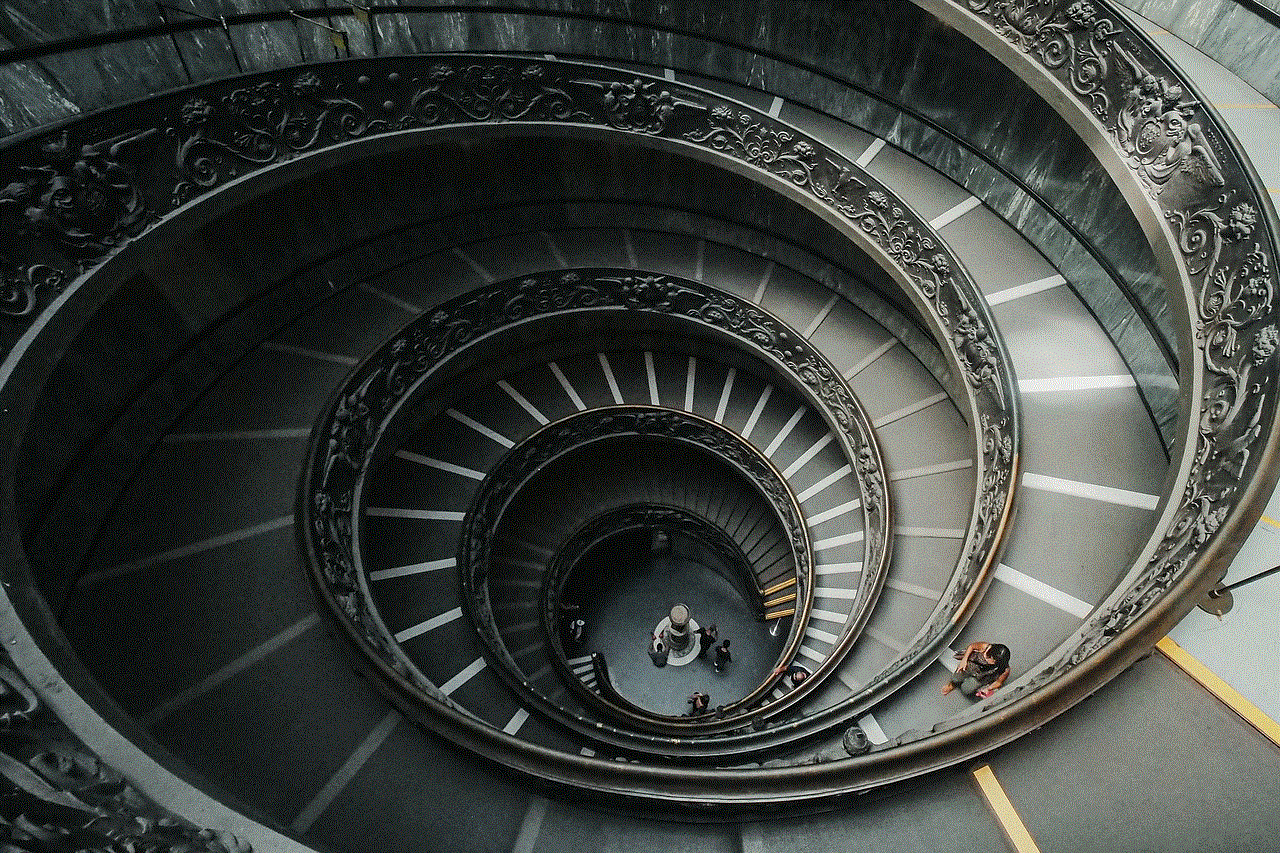why is my internet access blocked
Internet access is one of the most essential aspects of modern life. It allows us to stay connected, access information, and communicate with the world. However, there are times when our internet access may suddenly become blocked, leaving us frustrated and helpless. This can happen for a variety of reasons, from technical issues to deliberate censorship by governments or internet service providers. In this article, we will explore the various reasons why internet access may be blocked and what steps you can take to regain access.
Before delving into the reasons behind blocked internet access, it is important to understand how the internet works. The internet is a vast network of interconnected computer s, servers, and devices that communicate with each other through a system of protocols and addresses. When you type a website address into your browser, it sends a request to the website’s server, which then sends back the requested information. This process happens in a matter of seconds, allowing us to access a vast amount of information at our fingertips.
Now, let us look at the different reasons why internet access may be blocked. One of the most common reasons is technical issues. These can range from a simple problem with your router to a larger issue with your internet service provider. If you are unable to access the internet, the first step is to check your router and ensure that all cables are securely connected. If the issue persists, you may need to contact your internet service provider to troubleshoot the problem.
Another reason for blocked internet access could be due to a problem with your device or computer. If you are unable to connect to the internet on one device, but others are working fine, then the issue may lie with that particular device. It could be a hardware issue, a problem with the network settings, or a virus or malware affecting your device. In such cases, running a virus scan and checking your network settings may help resolve the issue.
Sometimes, internet access may be blocked due to government censorship. This is when a government restricts access to certain websites or online content for political, social, or cultural reasons. In some countries, governments tightly control the flow of information and block access to websites that may be critical of their policies or ideologies. This is often referred to as the “Great Firewall of China,” where the government heavily censors the internet and blocks access to popular websites such as Google, Facebook , and Twitter.
In addition to government censorship, internet access may also be blocked by internet service providers (ISPs). ISPs are the companies that provide internet access to users. In some cases, ISPs may block access to certain websites or services to manage network traffic or to comply with government regulations. This is often seen in countries where ISPs are required to block access to websites deemed illegal or harmful. However, some ISPs have also been known to block access to certain websites or services to promote their own products or services.
Another reason why internet access may be blocked is due to copyright infringement. This is when users illegally download or share copyrighted material such as movies, music, or software. To protect their content, copyright holders often work with ISPs to block access to websites or services that facilitate piracy. For instance, in 2012, the US government shut down the popular file-sharing website, Megaupload, and arrested its founder, Kim Dotcom, for facilitating copyright infringement.
Moreover, internet access may also be blocked due to security concerns. In some cases, websites or services may be blocked to protect users from online threats such as phishing scams, malware, or identity theft. This is especially common in public Wi-Fi networks, where access to certain websites or services may be restricted to prevent users from falling victim to cyber attacks. In such cases, it is important to follow safe browsing practices and avoid accessing websites that may pose a security risk.
Apart from these reasons, internet access may also be blocked due to regional restrictions. Streaming services such as Netflix , Hulu , and Amazon Prime have different content libraries for different regions. This means that users in one country may have access to certain shows or movies, while others in a different country may not. To enforce these regional restrictions, these services may block access to their content from certain IP addresses, preventing users from accessing their favorite shows or movies.
Furthermore, internet access may also be blocked by employers or educational institutions. In a corporate setting, employers may block access to certain websites or services to increase productivity or to prevent employees from accessing inappropriate content. Similarly, schools and universities may restrict access to certain websites or social media platforms to prevent distractions during classes or to protect students from online predators.
So, what steps can you take to regain access to blocked internet? The first step is to try accessing the internet on a different device or network. If the problem persists, then you may need to troubleshoot your device or contact your internet service provider for assistance. In cases of government censorship, using a virtual private network (VPN) can help bypass restrictions and access blocked websites. A VPN encrypts your internet connection and routes it through a server in a different location, making it appear as if you are accessing the internet from a different country.
Moreover, if your internet access is blocked due to copyright infringement, you may need to stop downloading or sharing copyrighted material to regain access. Using legal streaming services or purchasing digital content from legitimate sources can help support content creators and prevent access to blocked websites. In cases of regional restrictions, using a VPN can also help access content from different regions.
In conclusion, internet access can be blocked for various reasons, ranging from technical issues to deliberate censorship. While some of these reasons may be beyond our control, understanding why our internet access is blocked can help us take the necessary steps to regain access. By following safe browsing practices and using tools such as VPNs, we can ensure that our internet access remains open and unrestricted. Let us continue to advocate for an open and free internet, where access to information is not limited by government or corporate interests.
how to delete a video on youtube 2017
YouTube is the largest video sharing platform in the world, with millions of users uploading and watching videos every day. With such a vast amount of content, it’s inevitable that some videos may need to be deleted for various reasons. Whether you’ve uploaded a video by mistake, or you simply want to remove old or irrelevant content from your channel, deleting a video on YouTube is a straightforward process. In this article, we will guide you through the steps of deleting a video on YouTube in 2017.
Before we dive into the steps, it’s important to understand that once a video is deleted from YouTube, it cannot be recovered. This means that all the views, likes, comments, and other data associated with the video will be permanently lost. So, before you decide to delete a video, make sure it’s the right decision for you and your channel.
Step 1: Log into your YouTube account
The first step to deleting a video on YouTube is to log into your account. You can do this by clicking on the “Sign In” button on the top right corner of the YouTube homepage. Enter your email address and password, and click on “Sign in” again.
Step 2: Go to your Video Manager
Once you’re logged in, click on your profile picture on the top right corner of the YouTube homepage. This will open a drop-down menu, where you need to click on “Creator Studio.” This will take you to your Video Manager, where you can manage all the videos on your channel.
Step 3: Find the video you want to delete
In the Video Manager, you will see a list of all the videos on your channel. Scroll through the list or use the search bar to find the video you want to delete. You can also filter the videos by date, views, or other criteria to make it easier to find the specific video you want to delete.
Step 4: Click on the “Delete” button
Once you’ve found the video you want to delete, click on the checkbox next to it to select it. Then, click on the “Actions” button above the list of videos and select “Delete” from the drop-down menu. A pop-up window will appear, asking you to confirm the deletion. Click on “Delete” again to confirm.



Step 5: Check the box to confirm
Before the video is permanently deleted from your channel, YouTube will ask you to confirm one more time. Check the box next to “I understand that my video and all its comments will be permanently deleted,” and click on “Delete.” Your video will now be deleted from your channel and cannot be recovered.
Step 6: Refresh the page
Once the video is deleted, you will be redirected to your Video Manager, and the deleted video will no longer appear on the list. However, you may need to refresh the page to see the changes. You can do this by clicking on the refresh button on your browser or pressing “F5” on your keyboard.
Step 7: Check your channel
To ensure that the video has been successfully deleted, go to your channel homepage and check if the video is still there. If it has been deleted, it will no longer appear on your channel, and anyone who clicks on the link to the video will receive an error message.
Step 8: Manage your playlist
If the video you deleted was part of a playlist, you may need to remove it from the playlist as well. To do this, go to your Video Manager and click on the “Playlists” tab. Find the playlist that contained the deleted video, click on the “Edit” button, and remove the video from the playlist.
Step 9: Notify your subscribers
If the video you deleted was popular or had a significant number of views, it’s a good idea to notify your subscribers about its removal. You can do this by creating a community post, which will appear on your subscribers’ feed. Explain why you deleted the video and apologize for any inconvenience caused.
Step 10: Consider re-uploading the video
If you deleted the video by mistake or changed your mind about deleting it, you can always re-upload it to your channel. However, keep in mind that the views, likes, and other data associated with the original video will be lost, and you will need to promote the re-uploaded video to regain its popularity.
Conclusion



Deleting a video on YouTube may seem like a daunting task, but it’s a simple process that can be done in a few easy steps. Just remember to think carefully before deleting a video, as it cannot be recovered once it’s gone. Also, consider notifying your subscribers and managing your playlists to ensure a smooth transition. By following the steps outlined in this article, you can easily delete a video on YouTube in 2017 and keep your channel organized and relevant.
short girl porn tumblr
Short girl porn, also known as petite porn, has become increasingly popular in recent years. This type of porn features women who are shorter than the average height, typically under 5’4″. In this article, we will explore the rise of short girl porn, its appeal, and the controversies surrounding it.
The appeal of short girl porn lies in its portrayal of petite women as desirable and sexually attractive. Many people are drawn to the idea of dominating a smaller partner, which is often depicted in short girl porn. Additionally, there is a certain level of innocence and cuteness associated with petite women, which can be a turn on for some viewers.
But the rise of short girl porn has also sparked debates and controversies. Some argue that it perpetuates damaging stereotypes about women and reinforces the idea that women should be small and submissive. Others argue that it objectifies and fetishizes petite women, reducing them to mere sexual objects rather than complex individuals.
One of the biggest concerns surrounding short girl porn is its potential to promote unhealthy body standards. The porn industry has a long history of portraying women with unrealistic and often unattainable body types, and short girl porn is no exception. By glorifying petite women and portraying them as the ideal, it can contribute to body image issues and low self-esteem among women who do not fit this narrow standard.
Furthermore, the popularity of short girl porn can also have an impact on younger viewers who may be exposed to it. With the easy accessibility of online porn, children and teenagers are increasingly exposed to sexual content at a young age. This can lead to distorted views of sex and relationships, as well as unhealthy expectations for their own bodies and the bodies of their partners.
Despite these concerns, the demand for short girl porn continues to grow. The rise of social media and the increasing visibility of petite women in mainstream media have contributed to its popularity. Many adult film actresses, such as Riley Reid and Elsa Jean, are petite and have gained a large fan base due to their small stature.
In response to the demand for short girl porn, there has been an increase in the production of this type of content. Many adult film studios now have dedicated categories for petite porn, and there are even websites that specialize in this genre. This has also led to the rise of amateur short girl porn, with many petite women sharing their own videos and photos on platforms like OnlyFans and ManyVids.
But while the rise of short girl porn may seem like a positive development for petite women in the adult industry, it also has its drawbacks. Many petite actresses have spoken out about the pressure to maintain a certain weight and body type in order to stay relevant and marketable in the industry. This can lead to unhealthy dieting habits and other physical and mental health issues.
Moreover, the portrayal of petite women in short girl porn often reinforces harmful stereotypes about race and ethnicity. Many petite actresses are also women of color, and they are often typecast as submissive and hypersexualized characters. This perpetuates the fetishization of women of color and reinforces harmful racial stereotypes.
In addition to these concerns, there are also legal and ethical issues surrounding short girl porn. Many petite actresses in the industry are young and inexperienced, and they may not fully understand the implications of their involvement in the adult film industry. There have been cases of exploitation and abuse of these actresses, as well as instances of underage performers being featured in short girl porn.
To address these issues, some advocates have called for stricter regulations and protections for performers in the adult industry, particularly for those who are underage or inexperienced. Others have called for a shift in the industry’s focus away from body types and towards a more diverse representation of women in porn.



In conclusion, short girl porn has become a popular genre in the adult film industry, but it also raises important concerns about body image, sexuality, and representation. While it may cater to certain preferences and desires, it also perpetuates damaging stereotypes and can have negative effects on both performers and viewers. As the demand for short girl porn continues to grow, it is important to have open and honest discussions about its impact and the need for ethical and responsible production.